Ah, the Dutch. Of course, I could trot off a whole battery of generic stereotypes about the Dutch but there would be no point. You see the Dutch angle, aka the Dutch tilt has nothing to do with the people of the Netherlands. It is in fact a bastardization of the word “Deutsch”. This is, of course, the German word for German.
The Dutch angle is, in fact, a cinematic technique. However, as you know, cinema and still photography are very close cousins. The techniques used in film making will often translate well to photography. Today, we are going to delve into the mysteries of the Dutch angle. Where it came from, what it is and how you can use it to spice up your photography.
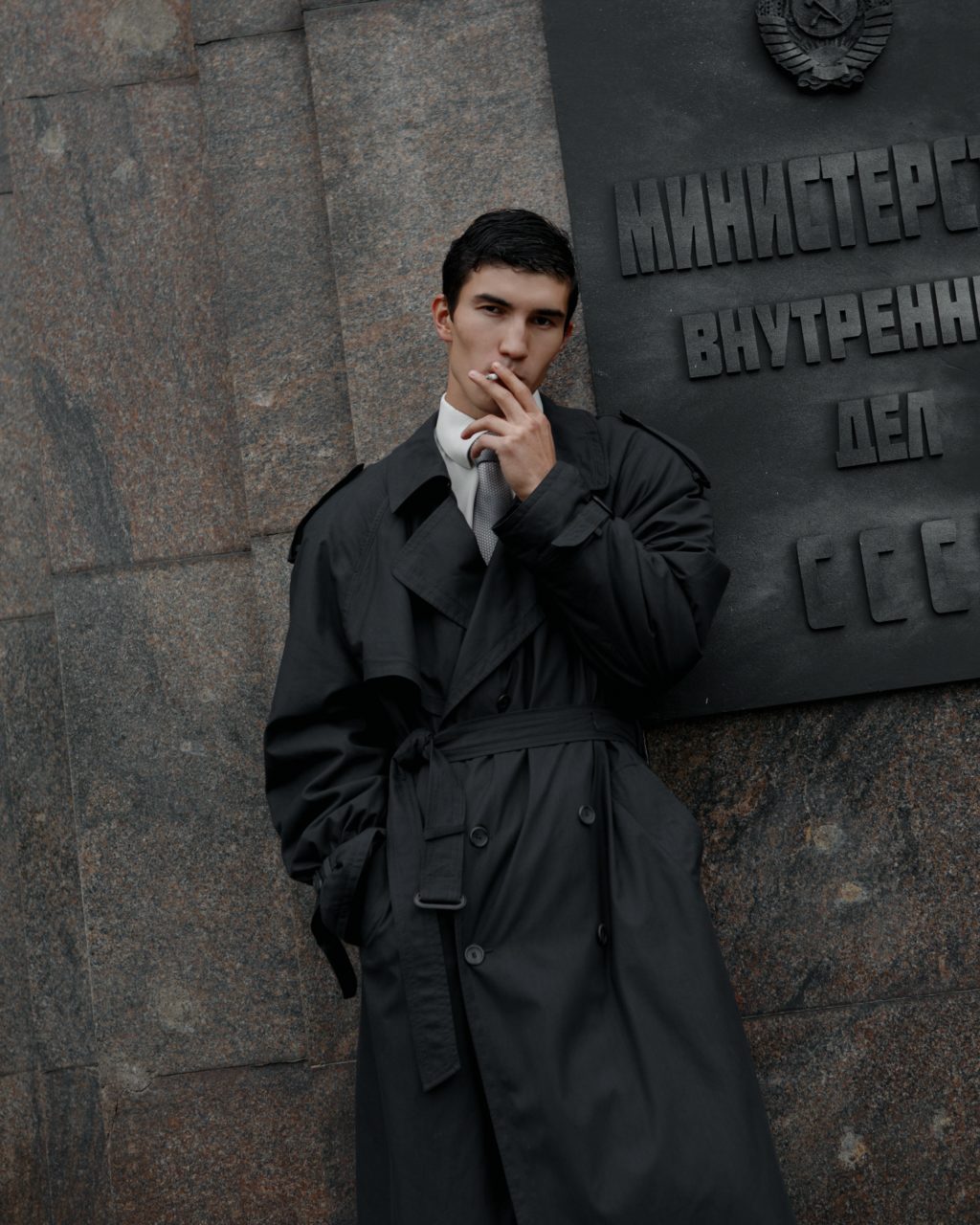
The Origins Of The Dutch Angle
The origins of the Dutch angle are rooted in the German Expressionism movement of the 1920s. The concept was to use a canted angle where the camera has been rotated relative to the horizon.
The Dutch tilt was used by filmmakers to convey a sense of unease, unrest, in order to disorientate the viewer. One of the first recorded uses of the Dutch Angle was by Dziga Vertov in his documentary, Man With A Movie Camera.
The Dutch Angle In Hollywood
Of the Hollywood directors perhaps the most famous, early proponent of the oblique angle was Alfred Hitchcock. He used the Dutch angle in a number of his early films but if there is one film that took Dutch angle shots to a new level, it was The Third Man.
Hitchcock used these angle shots to great effect on his main protagonist. This was to give the feeling of being an outsider in a world that he did not understand.
More light-hearted use of the Dutch angle was in the original Batman TV series. In that, the bad guys were often shot at a canted angle to show their evil intent.
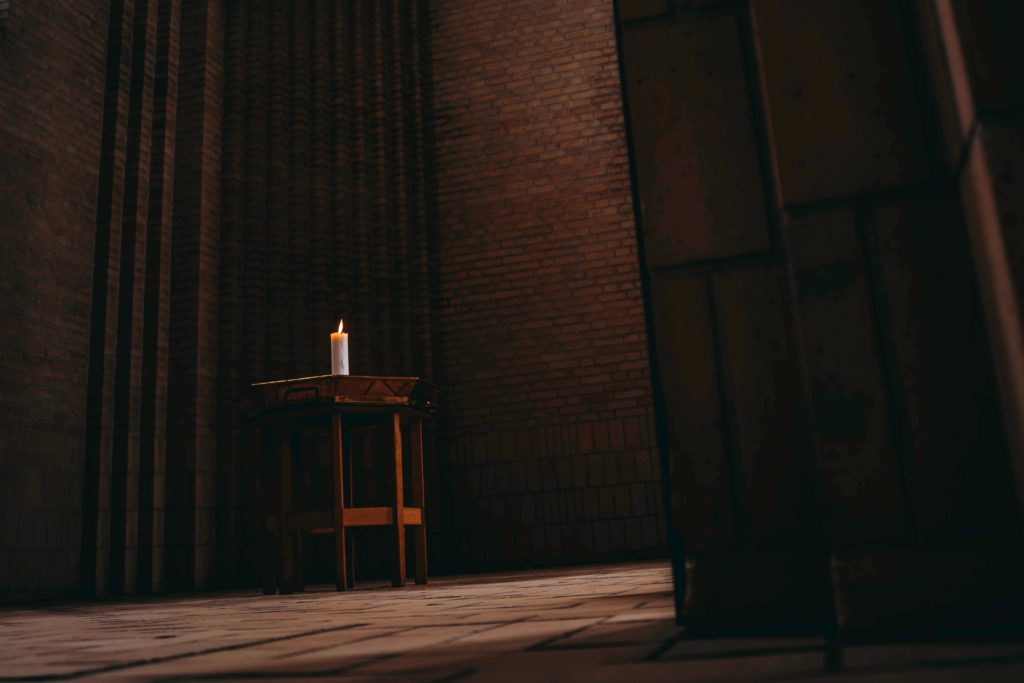
Why Shoot A Dutch Angle
As we know, in cinematography shooting a Dutch tilt is used to give a sense of unease. So what about its use in photography? A canted angle in a still image can still be used to give that sense of dread or unease. Of course, we lack the motion aspect of the shot. However, by choosing our angle and background carefully we can generate that same emotion.
There are, however, other reasons to use the Dutch angle in photographs. It is commonly used in portraiture when you have subjects of different heights. It’s used in fashion, architecture, travel, and street photography.
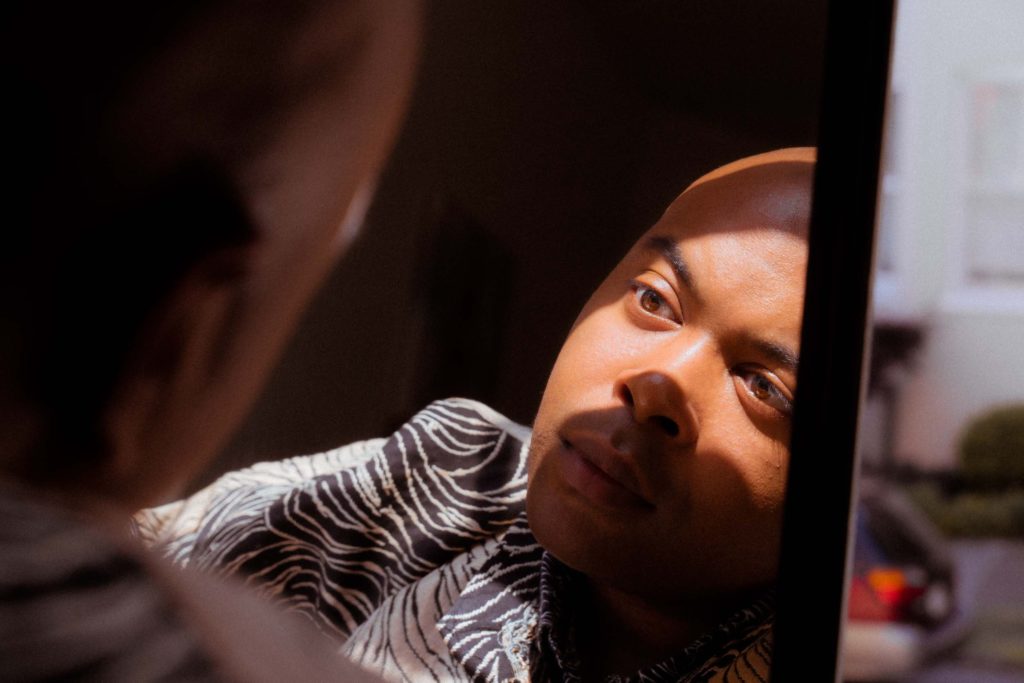
An angled camera shot can be used to draw attention to a subject or to eliminate distractions from a shot. Using the Dutch angle can be a way to shoot taller buildings and induce converging verticals. A canted camera angle looks more deliberate, more composed than a shot with obvious converging verticals.
More Uses Of The Dutch Angle
The Dutch angle is often used in street style fashion photography, especially when shooting full-length portraits. By angling the shot and including some interesting foreground, the viewer's eye is immediately drawn to the model and not their surroundings.
The Dutch angle can provoke the viewer to think more about a particular image. They question why the photographer has used this particular camera technique. What story or mood is the photographer trying to convey?
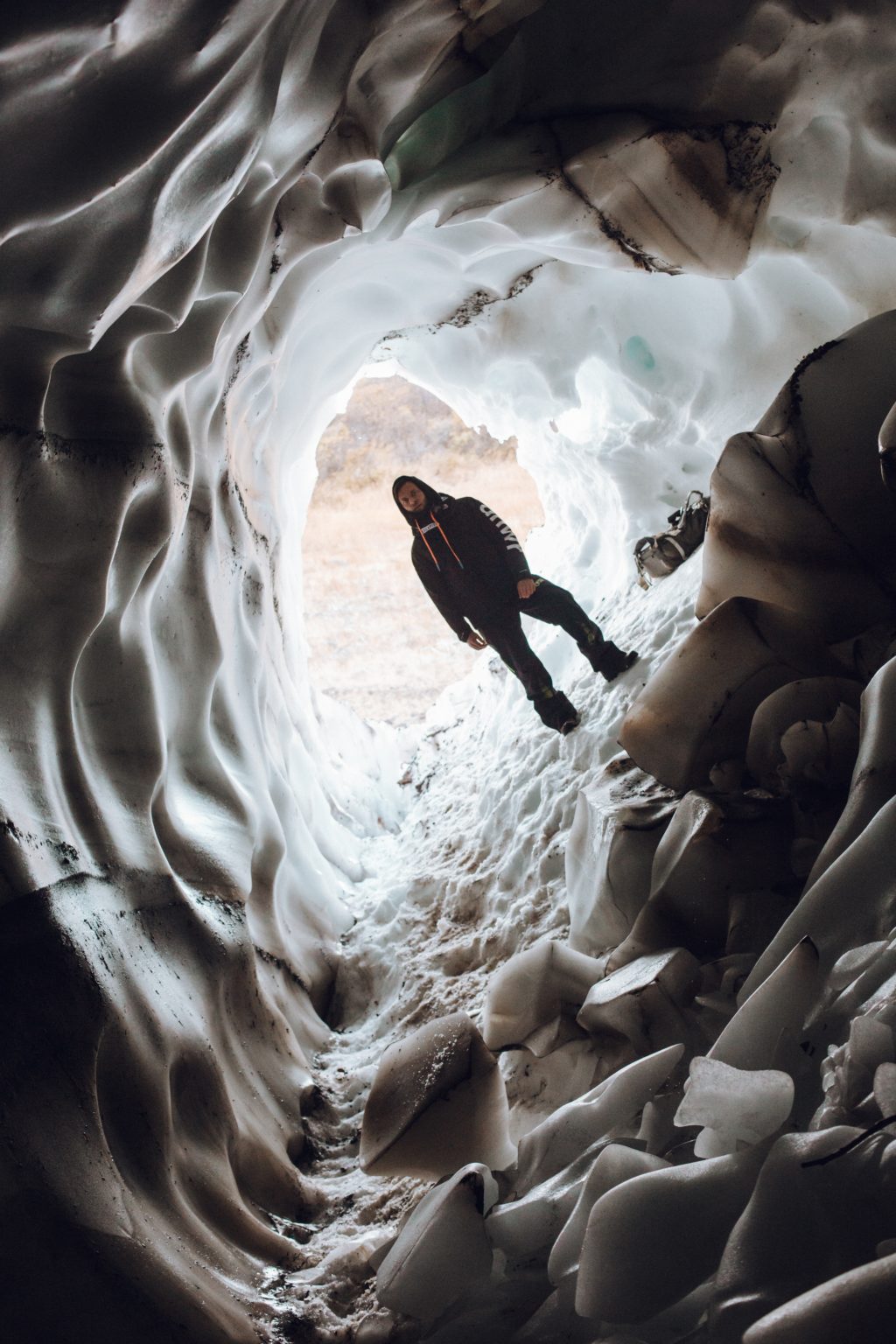
In photography, the Dutch angle can help us separate the subject from the background. This is particularly true if you shoot from a low vantage point.
How To Compose A Dutch Angle Shot
Shooting Dutch angle can feel very counterintuitive, especially to newcomers in photography. We are told from day one of our photographic journeys that the horizon should always be straight, never at an angle. We are taught that if we accidentally get our horizon skewed, we should always try to correct it in post-production. Now we are learning about the Dutch angle and how to deliberately take such ”angled shots”.
I think a good way to think of the Dutch angle shot is not as a compositional rule but as a way to complement or even break the traditional rules. You can and should still apply compositional rules to your shots and then tilt the camera for the Dutch angle. If that works well with the composition you have chosen – that's great! If the angle breaks the composition but still looks like the winning shot then that’s fine too. The only time you should step back is if the angled shot is both breaking the composition and not looking good through the viewfinder. Then it’s time to rethink.
Dutch Angle Guidelines
- First of all, be deliberate with your Dutch angle shots. A slight tilt in a landscape shot might look like a simple compositional error. On the other hand, a shot taken at a very steep angle might look far too contrived. There is no hard and fast rule – it is simply a matter of looking through the viewfinder and analyzing the scene.
- Your lens choice is very important. As a rule of thumb, wider lenses are going to work better than telephoto lenses. The wider, deeper perspective that wide-angle lenses provide help emphasize the camera angles.
- Another vital factor in your Dutch angle shots is the background. If the camera is tilted but there is nothing in the background to suggest that the camera is at an angle, then the exercise is pointless. A good Dutch angle shot will have defined lines in the background. This could be the horizon, verticals, or edge of a building. Without them, there is no reference point.
- Try the same shot with various angles. As mentioned, the Dutch angle is not a fixed angle. You should feel free to experiment.
- Do not rely on post-production to get the tilted shot right.
- Shoot handheld for a more spontaneous look. Shoot from a tripod to give a more conceived look.

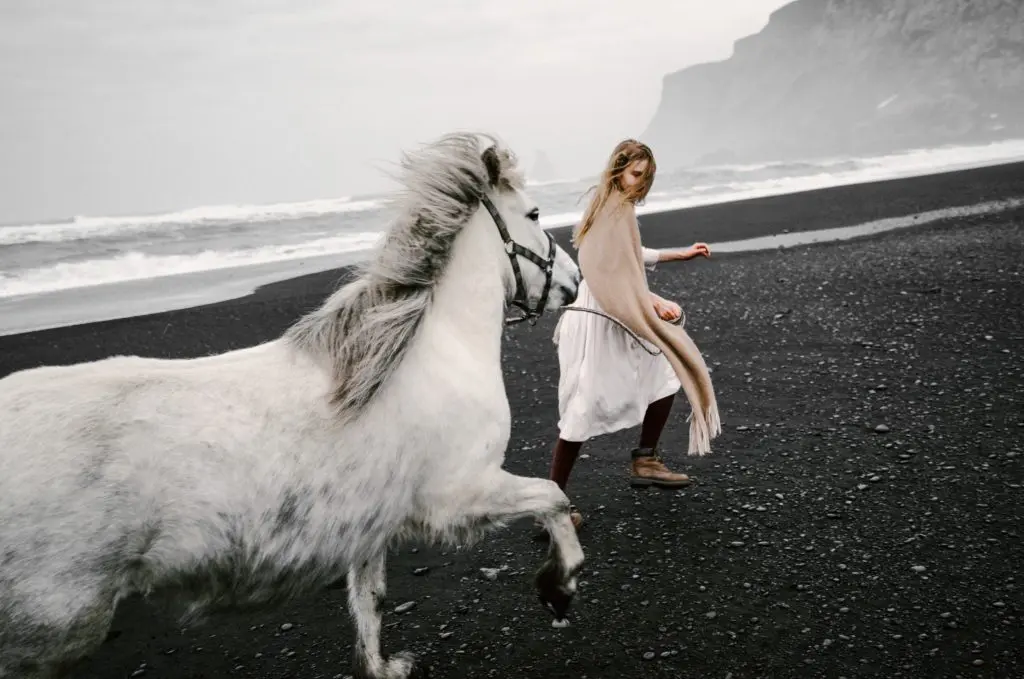
Getting Creative With Dutch Angle
As we have seen, the Dutch angle should be seen as a supplement to composition, not part of a compositional rule. There are some compositional rules that work really well with the Dutch tilt. The main ones are the rule of thirds and leading lines.
Keeping your subject on one of the thirds and then applying the Dutch angle can give your shot a feeling of space. This space allows the viewer to see the juxtaposition of the framing and the horizon.
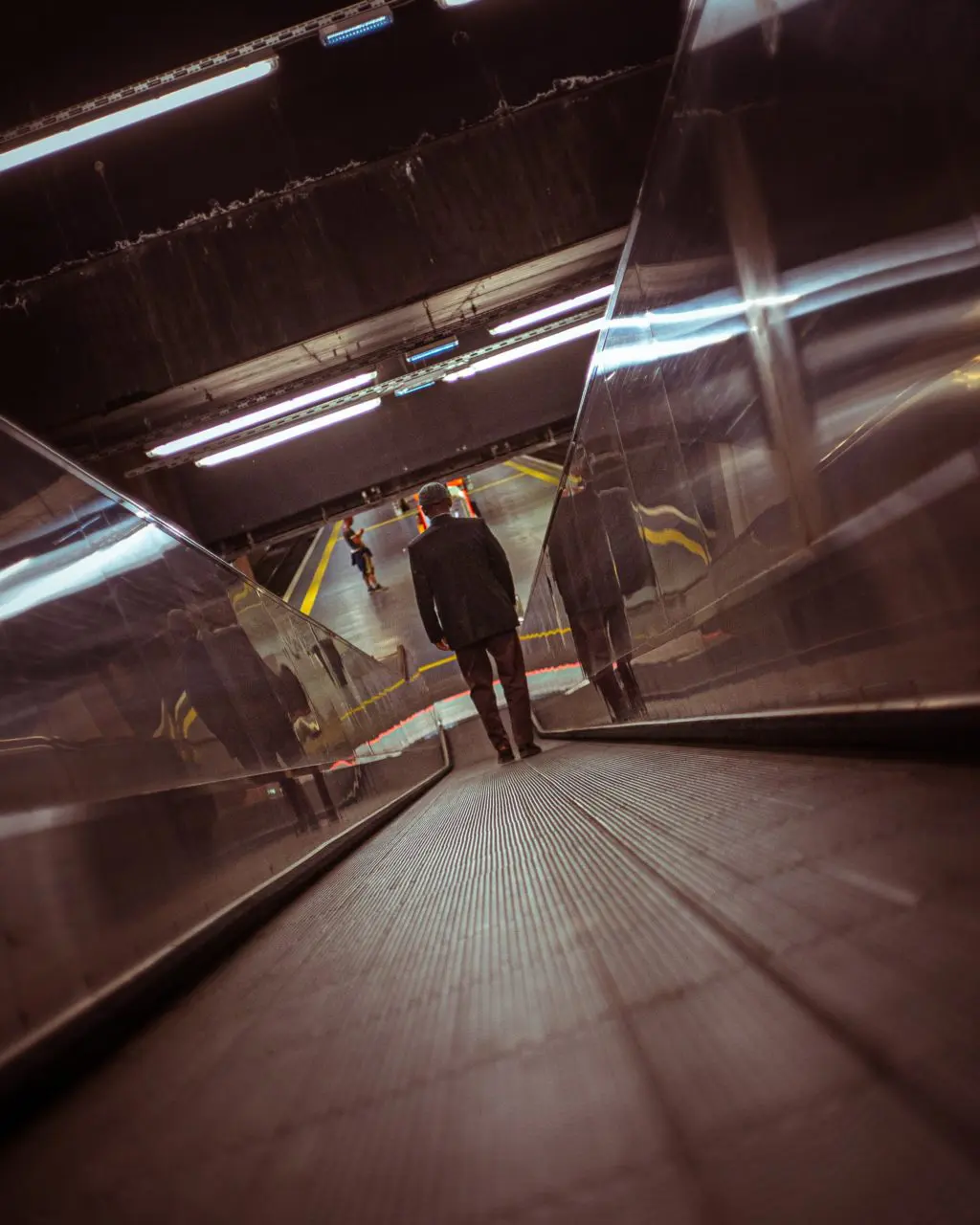
Leading lines work great, especially in low angle shots. Getting down and using the ground as a leading line for your Dutch tilt is a great way to engage the viewer.
Long exposure scenes, particularly the ones with moving clouds or water, can work really well in Dutch angle shots. The angle of the shot can juxtapose to the surreal calmness of the scene in a powerful way.
Another creative technique that works well in Dutch angle shots is the slow shutter speed zoom. This is where you deliberately zoom during the actual exposure. Slow shutter speed zoom can give a great sense of dynamism.
The Conclusion
Dutch angle shots are a relatively simple but effective way to elevate your photography. Experiment with angles and try combining different compositional rules with the Dutch angle. Try breaking the compositional rules too.
The most important thing about shooting a Dutch angle is that there must be a reason for it. Ask yourself if tilting the camera will make the shot better. If it will, then go for it!

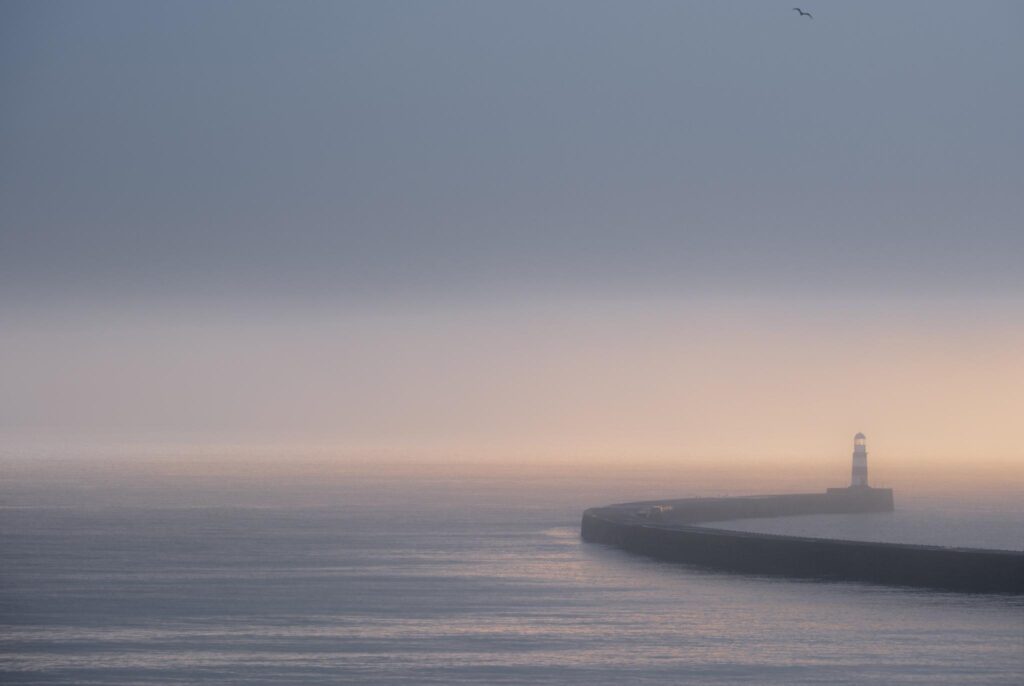



1 Comment
This was really interesting! I’ve seen photos composed like this before but never put much thought into it.